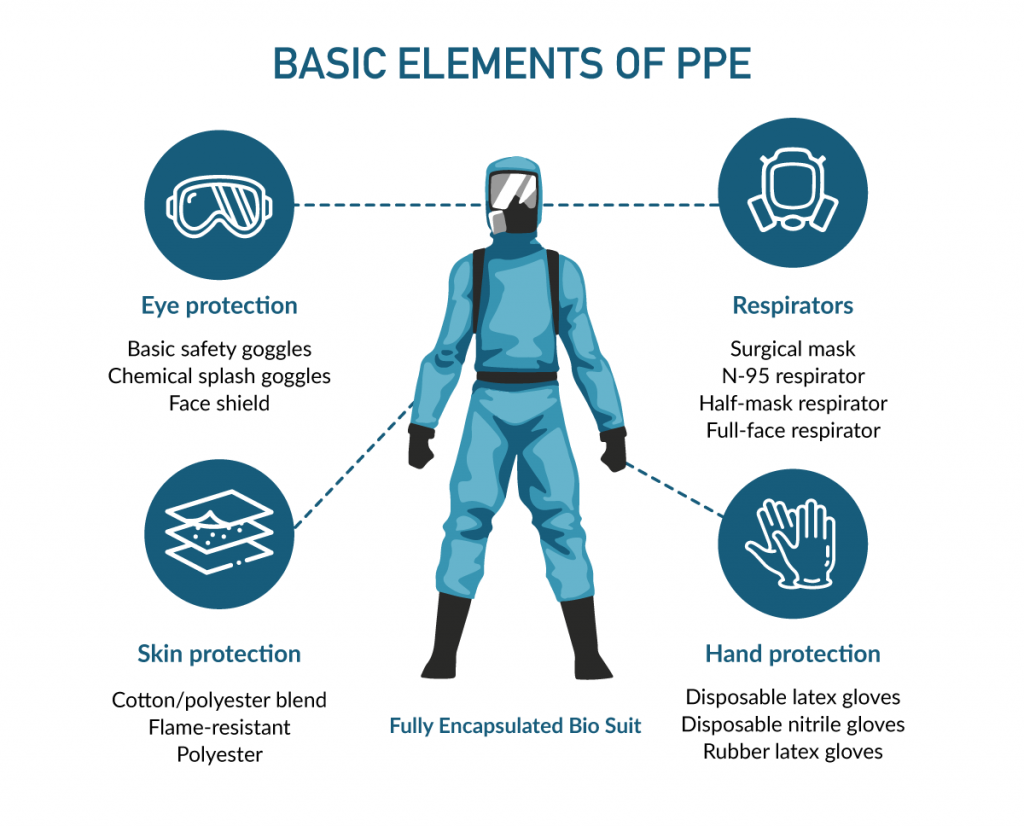When it comes to handling and disposing of insulation waste, ensuring safety is paramount. Adhering to regulations and compliance standards is not only a legal requirement but also crucial for the well-being of both workers and the environment. In this guide, we'll outline essential safety measures for the disposal of insulation waste, providing you with comprehensive information to guarantee a safe and eco-friendly process.
Regulations & Compliance
1. Familiarize Yourself with Local Regulations
- Research Local Laws: Understand the specific regulations governing insulation waste disposal in your region.
- Permit Requirements: Determine if any permits or licenses are necessary for handling and disposing of insulation waste.
2. Compliance with Environmental Agencies
- EPA Guidelines: Familiarize yourself with the Environmental Protection Agency (EPA) guidelines for insulation waste disposal.
- State and Municipal Regulations: Comply with any additional regulations set by state or local environmental agencies.
Safety Measures for Disposal
1. Personal Protective Equipment (PPE)
- Wear Proper Gear: Use safety goggles, gloves, respirators, and full-body suits to protect against dust, fibers, and potential irritants.
2. Handling and Transport
- Secure Packaging: Place insulation waste in sturdy, sealed containers to prevent spillage during transportation.
- Proper Lifting Techniques: Train workers on safe lifting and carrying methods to avoid strain or injury.
3. Site Preparation
- Isolation and Signage: Clearly mark the disposal area and restrict access to authorized personnel only.
- Containment Measures: Implement measures to prevent insulation waste from spreading, such as tarps or containment berms.
4. Waste Segregation
- Categorize Waste Types: Separate different types of insulation materials to ensure proper disposal methods are followed for each.
- Avoid Contamination: Prevent mixing insulation waste with other materials to maintain recycling potential.
5. Handling Hazardous Materials
- Identify Hazardous Components: Be aware of any potentially harmful elements within the insulation material (e.g., asbestos, formaldehyde).
- Specialized Disposal: Arrange for the proper disposal of hazardous components according to regulatory guidelines.
6. Emergency Response Plan
- Establish Protocols: Have a clear plan in place for dealing with accidents, spills, or other emergencies.
- Provide Training: Ensure all personnel are trained on emergency procedures and know the location of safety equipment.
Visual Aids for Clarity
To further enhance your understanding of insulation waste safety, refer to the following visuals:
Infographic: Proper PPE for Insulation Waste Handling
Video: Site Preparation and Containment Measures
Conclusion
Following these safety guidelines for insulation waste disposal not only ensures compliance with regulations but also safeguards the well-being of your workers and the environment. By taking the necessary precautions and adhering to proper disposal methods, you contribute to a cleaner and safer world.
For more information on insulation waste disposal and related services, please feel free to explore our Services.
Contact Us for any inquiries or assistance regarding insulation waste disposal. Our team is dedicated to providing eco-friendly and compliant solutions for your waste management needs.
